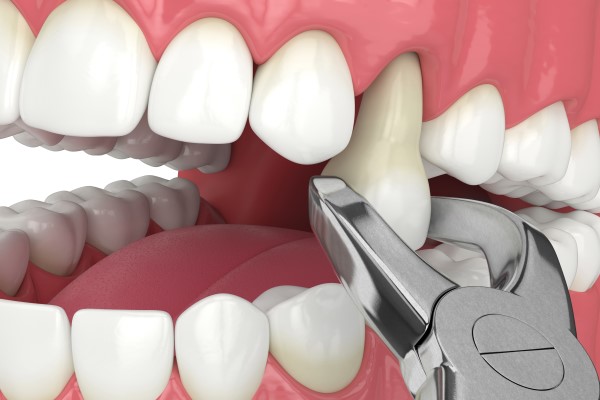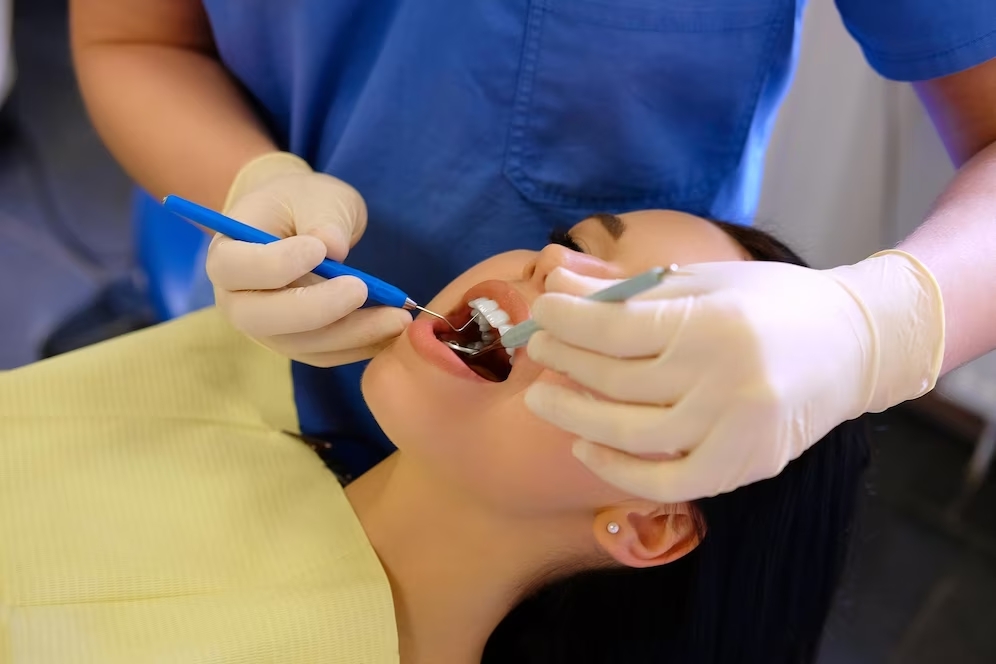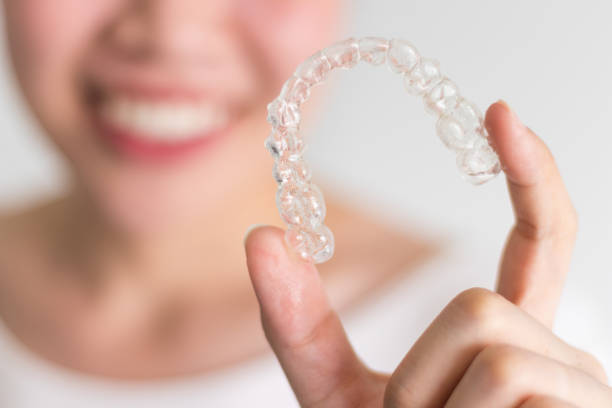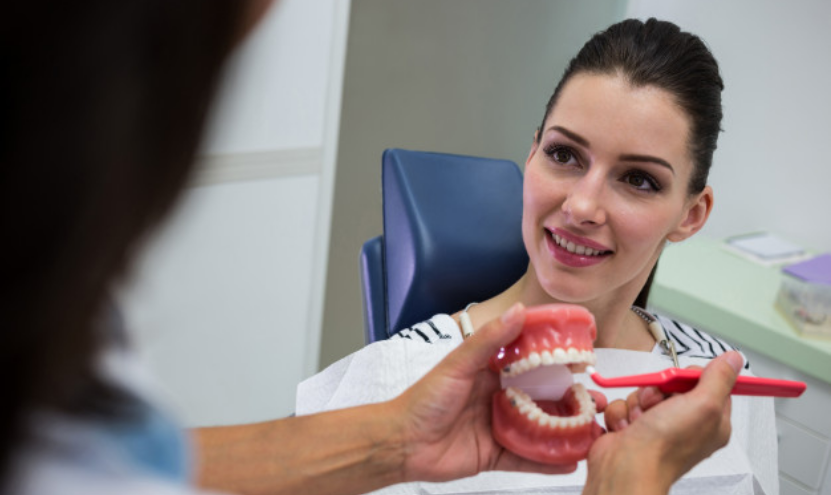Bad breath, also known as halitosis, can be a source of embarrassment and discomfort for many people. While there are various causes of bad breath, ranging from poor oral hygiene to underlying health issues, there are also simple home remedies that can help you maintain fresh breath and boost your confidence. In this comprehensive guide, we’ll explore 10 easy home remedies for maintaining bad breath, ensuring you’re equipped with the knowledge to tackle this common problem effectively.
Understanding Bad Breath:
Before delving into remedies, it’s essential to understand what causes bad breath. Poor oral hygiene, bacteria buildup, dry mouth, certain foods, and underlying health conditions such as gum disease and respiratory infections can all contribute to halitosis. Finding the underlying reason is essential to receiving the right care.
Importance of Maintaining Bad Breath
Bad breath, medically termed halitosis, is more than just a nuisance; it can significantly impact your daily life and relationships. Maintaining fresh breath is crucial for several reasons:
Social Interactions:
Fresh breath plays a vital role in social interactions, whether in professional settings or personal relationships. Bad breath can cause embarrassment and hinder effective communication, leading to social discomfort and isolation.
Professional Image:
In professional environments, bad breath can negatively impact your professional image and credibility. It may create the perception of poor hygiene or lack of attention to personal care, potentially affecting career opportunities and relationships with colleagues and clients.
Confidence Boost:
Maintaining fresh breath contributes to a sense of confidence and self-assurance. When you know your breath is fresh, you can engage more freely in conversations, presentations, and social gatherings without worrying about unpleasant odors.
Home Remedies for Maintaining Fresh Breath:
Proper Oral Hygiene:
The cornerstone of fresh breath is maintaining good oral hygiene. Remember to clean your tongue as well, as bacteria can build up there, and use fluoride toothpaste to brush your teeth at least twice a day. Floss daily to remove food particles and plaque between teeth.
Stay Hydrated:
Maintaining bad breath often stems from a lack of saliva production, resulting in dry mouth. This reduction in saliva diminishes the natural cleansing action that helps remove food particles and bacteria. To combat this, ensure you stay hydrated by drinking plenty of water throughout the day, promoting saliva production and maintaining moisture in your mouth.
Use Mouthwash:
Incorporate an alcohol-free mouthwash into your oral care routine. Mouthwash can help kill bacteria, freshen breath, and reach areas that brushing and flossing might miss. Look for mouthwashes containing ingredients like chlorine dioxide or cetylpyridinium chloride for optimal effectiveness.
Chew Sugar-Free Gum:
Chewing sugar-free gum can stimulate saliva flow, which helps wash away food particles and bacteria. Opt for gum sweetened with xylitol, a natural sugar substitute that inhibits bacterial growth and prevents cavities.
Eat Breath-Friendly Foods:
Certain foods can help combat bad breath by neutralizing odors or promoting saliva production. Crunchy fruits and vegetables like apples, carrots, and celery can help clean teeth and freshen breath. Additionally, herbs like parsley and mint have natural breath-freshening properties.
Limit Odor-Causing Foods:
Foods high in sulfur compounds, such as garlic, onions, and certain spices, can contribute to bad breath. Limit your consumption of these foods, especially before social events or important meetings, to minimize the risk of halitosis.
Try Oil Pulling:
An old Ayurvedic technique called “oil pulling” is swishing oil around in your mouth to get rid of bacteria and toxins. Because coconut oil has antibacterial qualities, it is frequently used for oil pulling. After 15 to 20 minutes of swishing a tablespoon of coconut oil around your mouth, spit it out and give your mouth a quick water rinse.
Drink Green Tea:
Green tea contains polyphenols, powerful antioxidants that can help fight bacteria and reduce the production of odor-causing compounds in the mouth. Drinking green tea regularly can help maintain fresh breath and promote overall oral health.
Use Baking Soda:
Baking soda, or sodium bicarbonate, is a natural remedy for bad breath as it helps neutralize odors and maintain a healthy pH balance in the mouth. Mix a teaspoon of baking soda with water to create a mouthwash and rinse your mouth with it after brushing.
Stay Regular with Dental Checkups:
Regular visits to the dentist are essential for maintaining good oral health and preventing bad breath. A dentist can identify and treat any underlying issues contributing to halitosis, such as gum disease or cavities. If you’re in the Baymeadows area, schedule an appointment with a trusted dentist to ensure your oral health is in top condition.
Maintaining bad breath is not only detrimental to your oral health but also impacts your confidence and social interactions. By integrating these simple home remedies into your daily regimen and addressing any underlying issues, you can effectively combat unpleasant odors and enjoy a healthier, more confident smile. Remember to prioritize proper oral hygiene, stay hydrated, and make wise dietary choices to ward off bad breath. And if you require professional dental care, don’t hesitate to seek assistance from a dentist in Baymeadows for personalized treatment and advice. With consistent dedication and the right approaches, you can bid farewell to bad breath and welcome a renewed sense of freshness and assurance.







